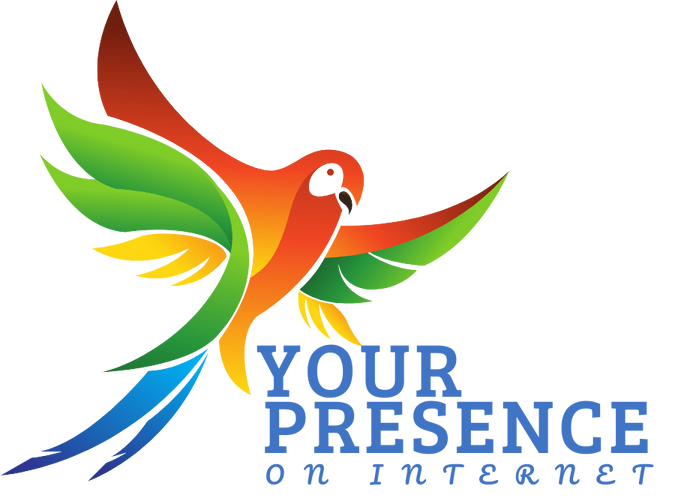Understanding the basics of your inbound marketing efforts will lead to success. Remember that in the inbound world, prospects don’t want to feel forced to purchase; they want information. Inbound tactics allow you to provide the kind of knowledge prospects need to make intelligent, informed decisions.
The basics of inbound marketing include five key elements: contacts, buyer personas, buyer journey, content and objectives.
Let’s start with contacts. Contacts and the contact database are essential tools for your inbound marketing strategy. They are the flesh-and-blood people to whom you offer value. In return, they help your company grow. They are the focus of your inbound marketing efforts and must go through every stage of the inbound methodology.
To understand its importance, let’s define what a contact is. A contact is anyone who reads your content, talks to your sales team, buys your product, partners with you or works for you. A contact is not just a name and an address in your database but a human with whom you are initiating a relationship.
When marketing, sales and service teams use the same contact database, your inbound marketing efforts and overall strategy will be aligned and consistent. A good contact database is handy for growing your business. It allows you to understand who to target with your marketing efforts and consolidate the data and context of each contact in one place.
A database is a system that stores information about your contacts in the background, which you can use to improve your marketing strategy. You can quickly consult all the details and actions stored, making it easier to create relevant marketing content, similar to a personal conversation. You’ll have the data you need to understand your leads and interact with them to delight your customers.
As contacts move through the buying process, from when they discover your website until they convert and become customers, collecting as much information about them as possible is advisable. The more information you have, the easier it will be for the marketing team to identify contacts your company can help and delight in.
Imagine this situation. You work for a company that produces pet food, and you have to send an email about a new dog food that you will bring to market. In a personal conversation with a prospect, you would first ask him what kind of pet he has. You wouldn’t share your next launch with him if he had a bird or cat. To gather that information, you had to ask the right questions. Imagine your contact database in the same way.
You should segment your contacts according to their pet type and send them relevant and valuable information. Make sure you are collecting information that you can use in the future. More than a solid database of contacts is required; you need to know what information you need from them.
The following fundamental inbound marketing pieces are buyer personas and the buyer’s journey. Inbound marketing is customer-centric; therefore, you must know the ideal audience.
The idea is not to have just any user visit your website but to generate the right traffic; that is, to have those who are most likely to become leads and, eventually, satisfied customers. The right users are the ideal customers or buyer personas.
A buyer persona is a semi-fictional representation of your ideal customer(Weingartner, 2023), built from actual data and educated assumptions about their demographic information, behaviours, motivations and goals.
These profiles are created through research, analysis, and evaluation of your existing customers. They can help you understand your potential buyers’ thoughts and create appropriate content. They connect and unify all aspects of the inbound methodology. When making a great inbound strategy, more is needed to identify your ideal audience; you also need to know what they want to see.
Next, the buyer’s journey. All of your buyer persona’s interactions with your company should be tailored to the stage of the buyer’s journey. This journey is the active research process a prospect goes through before buying. Knowing a prospect’s journey until they purchase will be vital to creating the best content.
Instead of discussing the top, middle or bottom of the funnel, the buyer’s journey comprises three stages: recognition, consideration and decision, representing your prospects’ experiences at each stage.
We’ve all been through a buyer’s journey at one time or another. It’s the process you go through when you have a problem, from researching possible solutions to purchasing.
In the recognition stage, your prospect experiences and expresses symptoms of a problem or opportunity. He does research to understand his situation, identify it and name it more clearly.
At the consideration stage, the prospect has already defined his problem or opportunity and named it. He is willing to research and understand all available methods or approaches that can help solve it.
At the decision stage, the prospect has already defined a strategy, method or way to solve the problem. He may list all the suppliers and products that fit his chosen plan. He will also research ways to shorten the list and make a final purchase decision.
Website visitors or leads may interact with your company for the first time during any of the stages of the buyer’s journey, so have content ready for each.
After defining your buyer personas and their buyer’s journey, it’s time to start implementing the inbound method. The inbound methodology is nothing without content, so the next best practice is to create exceptional personalized content.
Inbound marketing is the sum of content and context. Content is like a marketing kit. It’s the blogs, interactive tools, photos, infographics, videos or ebooks you use to engage, interact and delight.
The context is who you create the content for. It’s not about publishing any blog post but about writing the right content tailored to the buyer persona or ideal audience and their interests. The best content should be based on the proper context, which depends on the stage of the buyer’s journey.
Let’s get to the goals. You need to set goals for your inbound marketing efforts to be able to answer these key questions: Did my efforts pay off? What do I need to improve in the future? When launching your inbound marketing efforts, you must first define your goal: Do you want to attract more blog subscribers? Get more users to register for a webinar. Increase traffic to your website in a certain period.
If you need to know where you want to go, how will you know how to get there? Goal setting is one of the critical elements of inbound marketing because it not only defines the content-related actions you need to take to move forward but also helps you achieve internal alignment between the marketing and sales teams.
Even if you focus primarily on marketing efforts, you must ensure that the activities you carry out during the attraction and conversion stages of the inbound methodology enable the sales team to succeed in the closing stage.
To measure the success of your inbound marketing efforts, you can choose from several available metrics(The Way to Measure the Success of Your Inbound Marketing Efforts, 2022). Whether you decide to monitor SEO rankings, landing page performance or email click-through rate, you will always get insights into the performance of your marketing efforts.
Only base some of your decisions on marketing activities alone. For example, if you get 8,000 likes or new followers on Facebook, ask yourself what those 8,000 likes mean. How many of those users are customers? Even if it was a goal you wanted to achieve, this metric only provides a little insight into actual business results. Make sure you set goals that demonstrate how marketing helps your business achieve results and grow.
If you continually set goals, you get the contextual information you need about the results of your marketing efforts and the value you offer to contacts. Remember to spend time on analytics every day, week, or month. This step will help you determine the effectiveness of your inbound marketing efforts and how you can improve them.
By implementing a continuous inbound marketing strategy, you can adapt to the changing needs of buyers. Plus, now that you know the five basics of this methodology, you have everything you need to create a guaranteed successful inbound marketing strategy.

